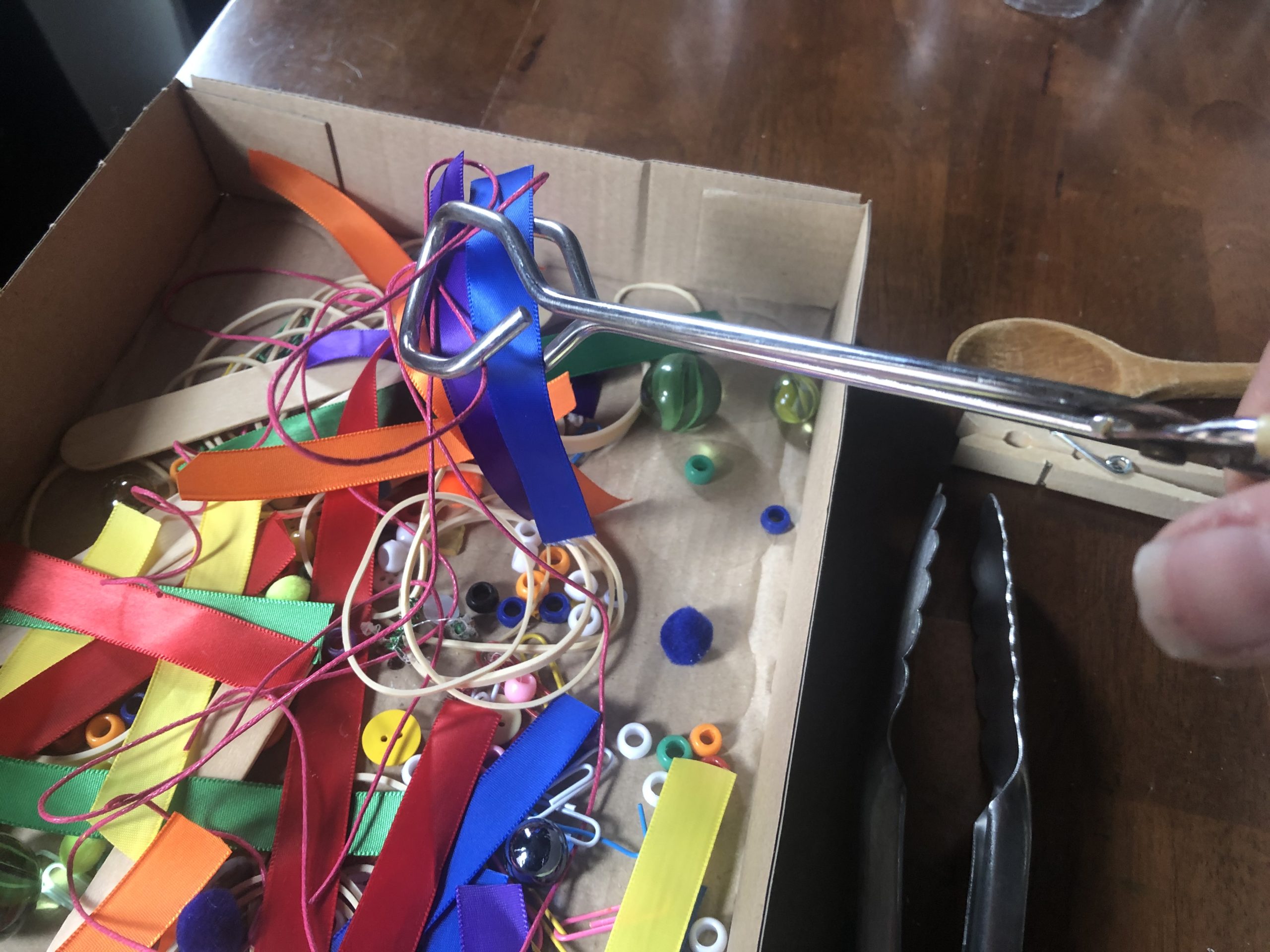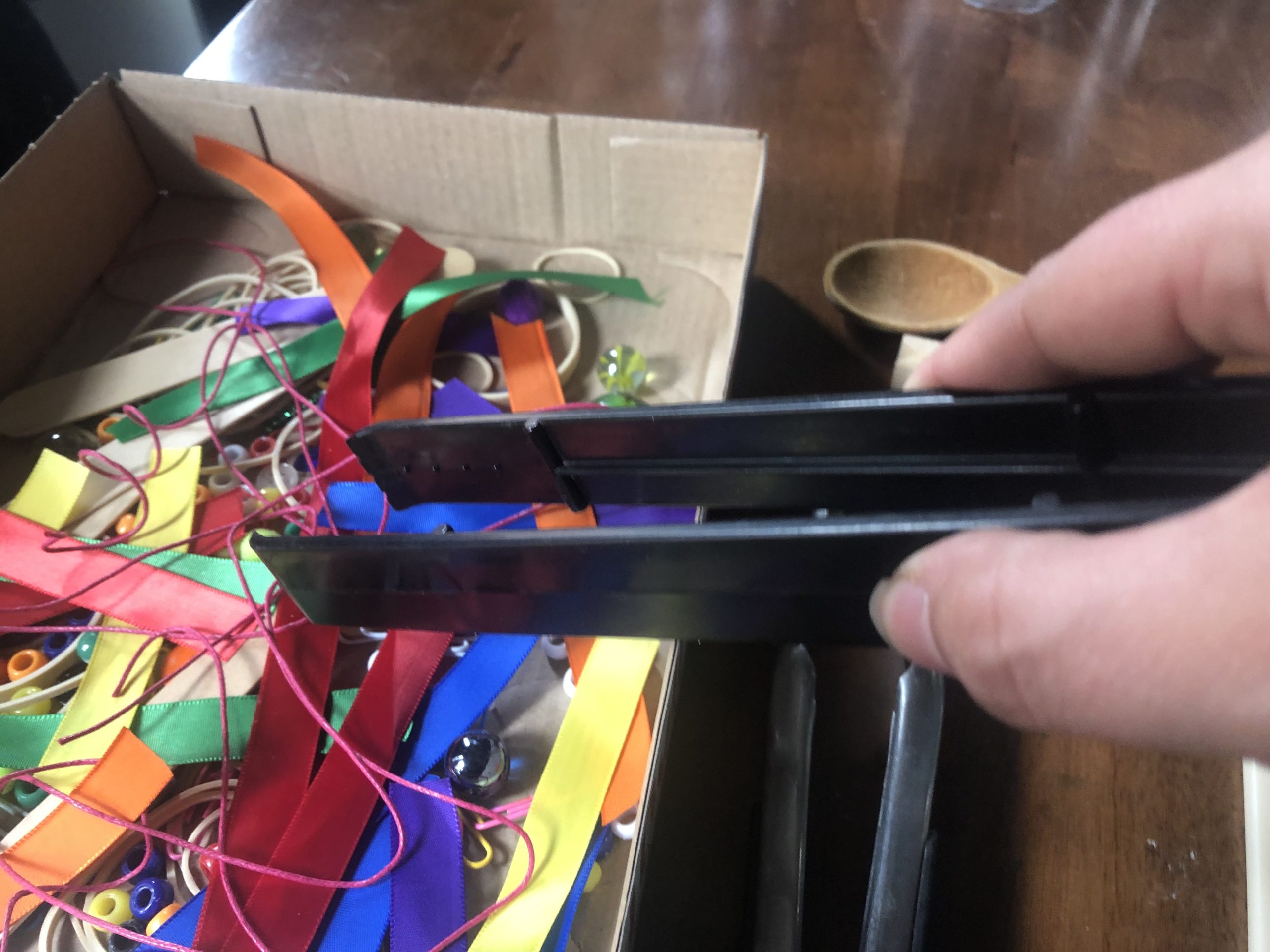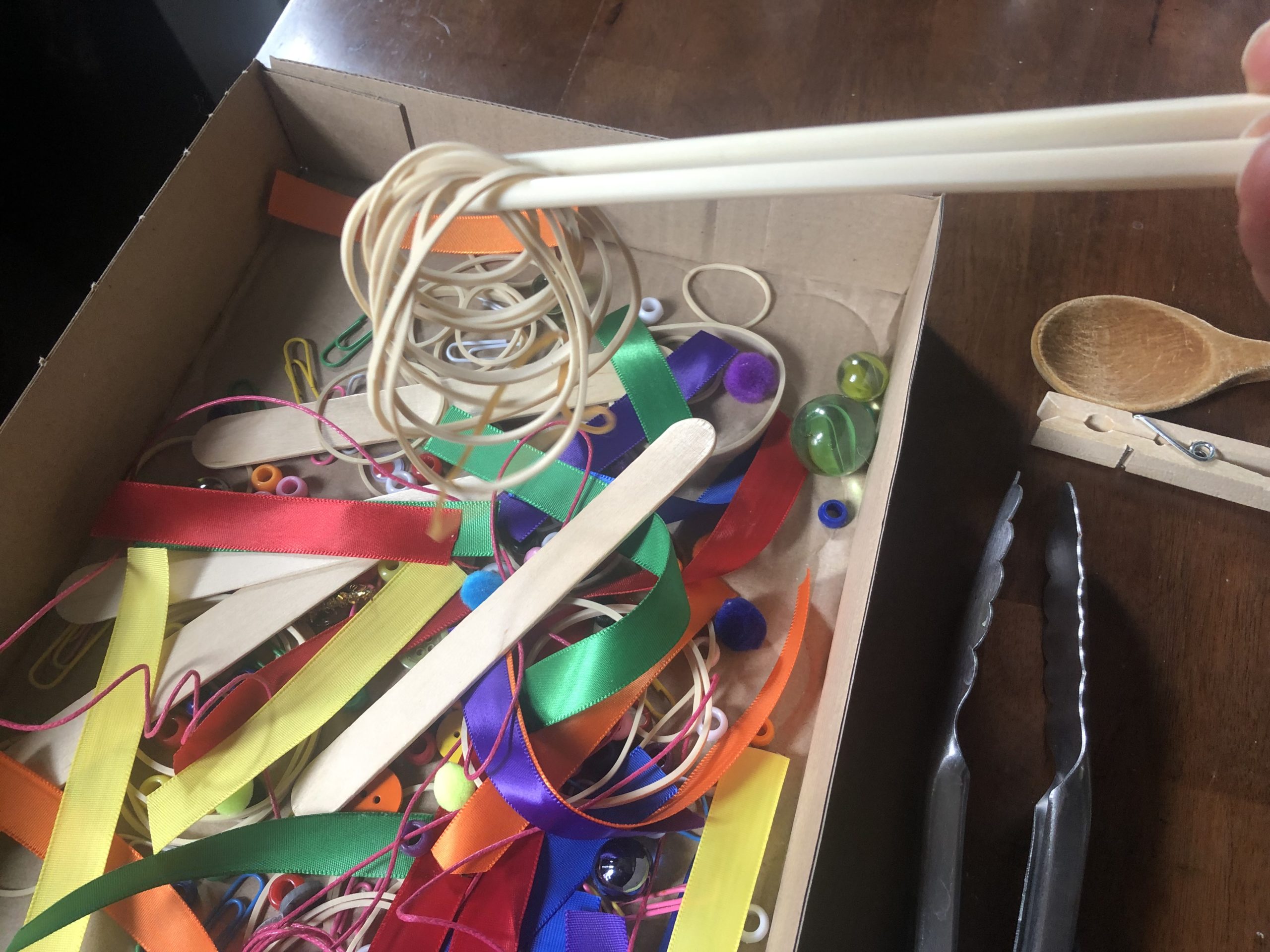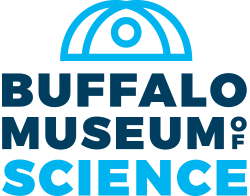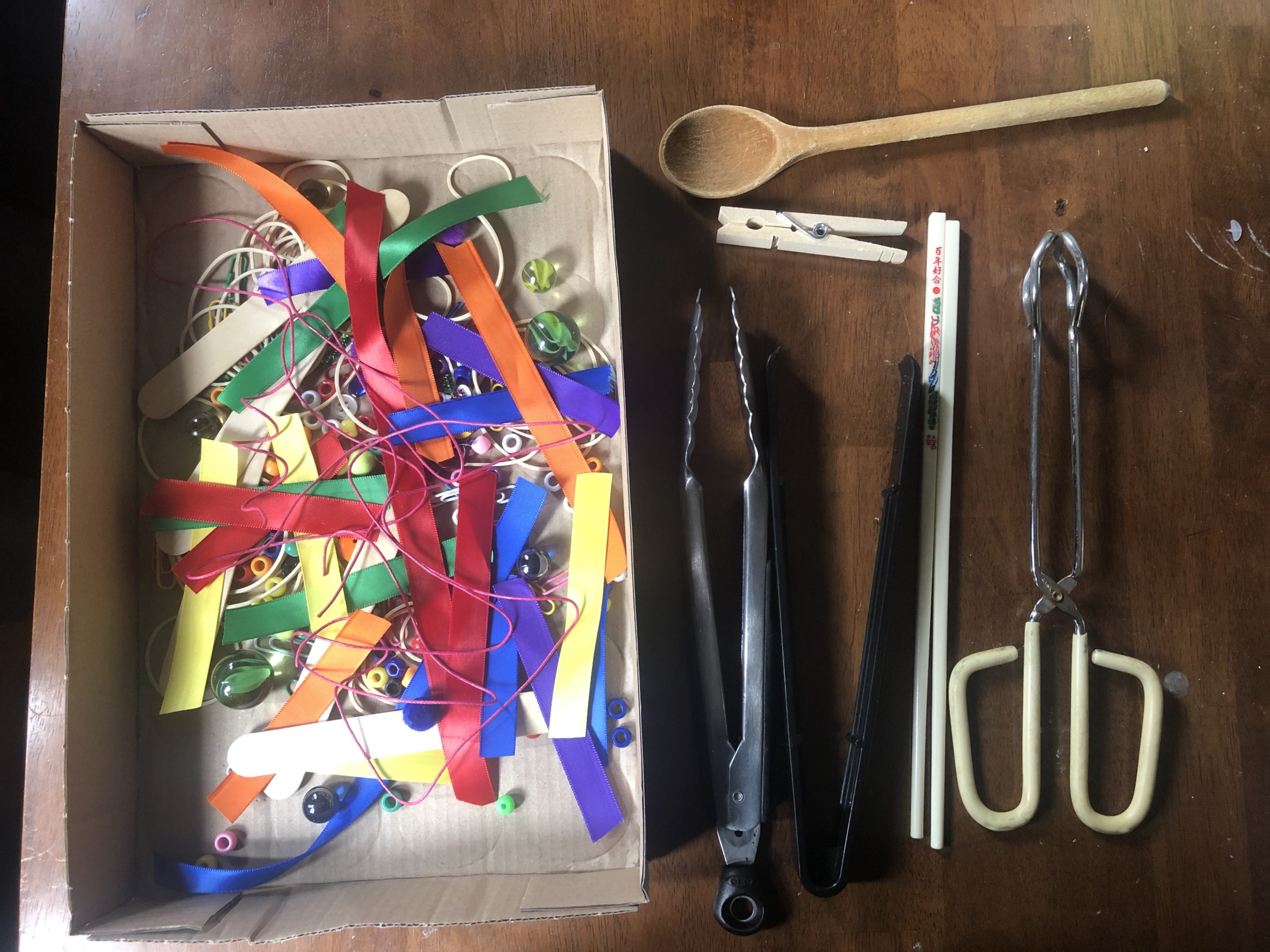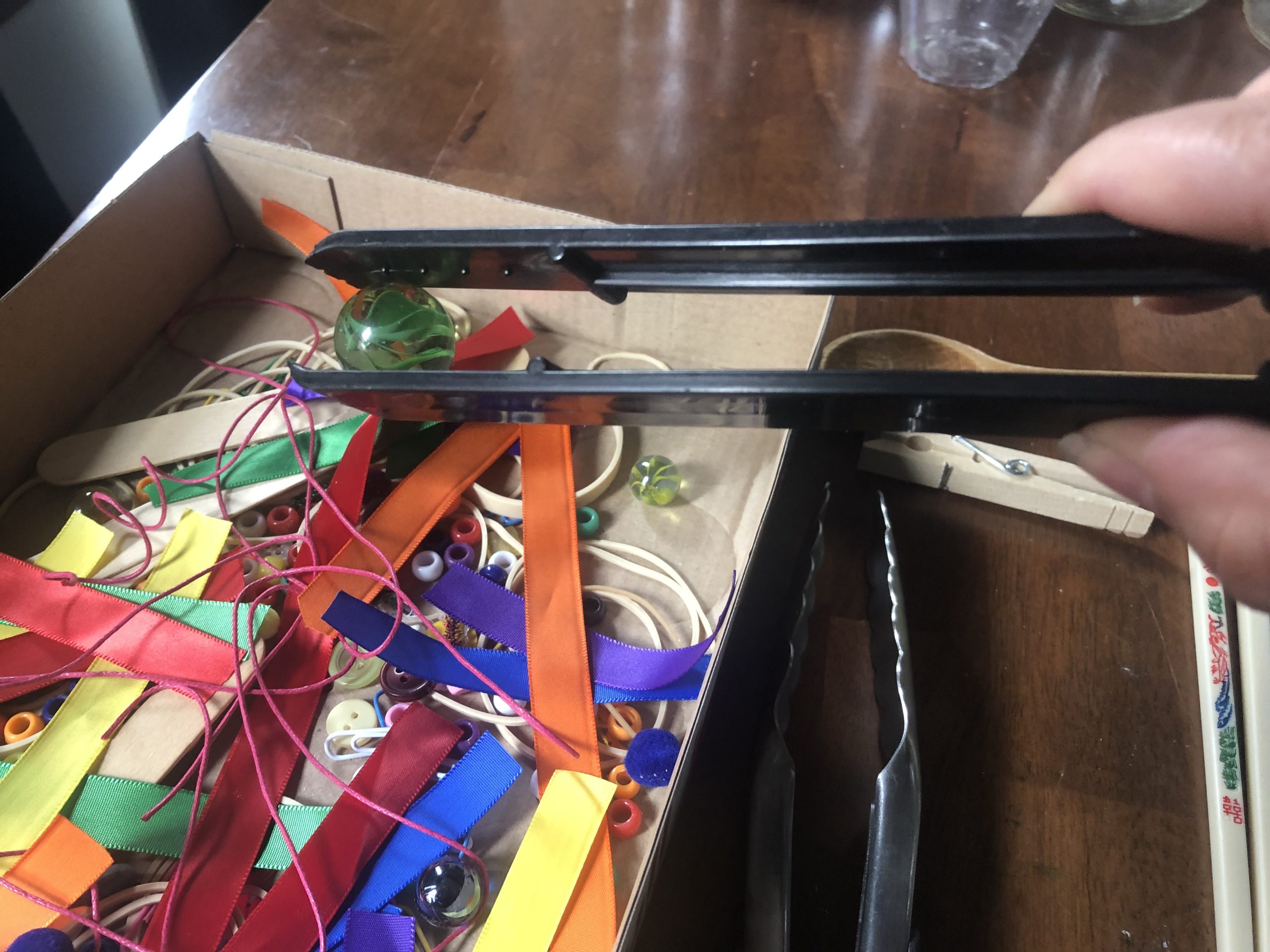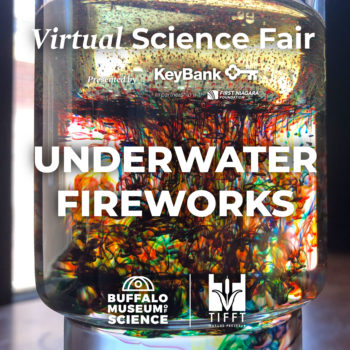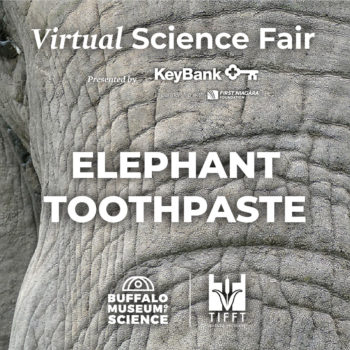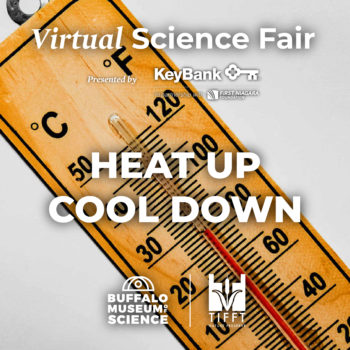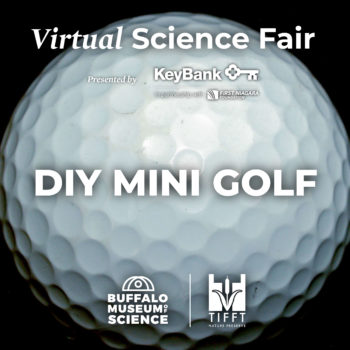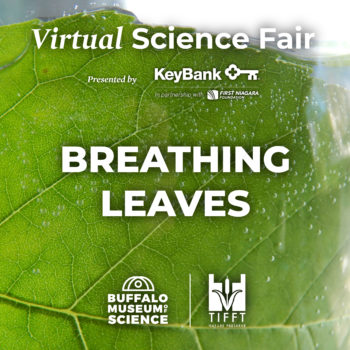Bird Beaks

Have science fun as a family! Complete activities with parental supervision.
Materials:
- A box or tray
- A random assortment of small items of different sizes (paper clips, marbles, string, rubber bands, cotton balls, etc)
- Different utensils (spoons, tongs, tweezers, chopsticks, forks, clothespin, etc)
- Cup or bowl
- Timer (optional)
Procedure
- First, take a walk or look out the window for some birds. Look at their beaks. What shapes do you see? Do they look similar or different? Think of other birds, like owls or ducks or geese. How do their beaks differ?
- Place the random small items into the box and mix them up. The box represents the “habitat” and the items are the “food”.
- Choose one of the tools or utensils. These represent the “bird beaks” and you will use it to pick up the “food” and place it into the cup, which represents the “stomach”.
- Try picking up different items with your “beak”. Is it better at picking up some things than others? Are there some things that it can’t pick up at all?
- If you have a timer, set it for 20 seconds and see how much food you can put into your “stomach” in that amount of time. Look at the kinds of things you were able to pick up in that amount of time.
- Try another “beak”! Compare them to each other based on how much and what kinds of food they can pick up.
- Be sure to take a picture or video to share in the Facebook comments on the Buffalo Museum of Science or Tifft Nature Preserve pages!
What’s it all about?
Animals need to get nutrition from their environment in order to survive and create offspring. In any habitat, there isn’t an infinite supply of food. So, animals that have traits that allow them to take advantage of the available food are more likely to survive. These traits that help an organism survive are called adaptations.
A bird’s beak is an important adaptation used for obtaining food. Birds eat a variety of things from seeds to live prey and their beaks are adapted to their diet.
Try It!
- Use the diagram here and try to match the utensil or “beak” to one of the birds in the image. How does the shape affect the kinds of food the bird can eat?
- Look at the different kinds of “food”. What types of real bird food could they represent? Do you have anything that could be a seed? Or a worm?
